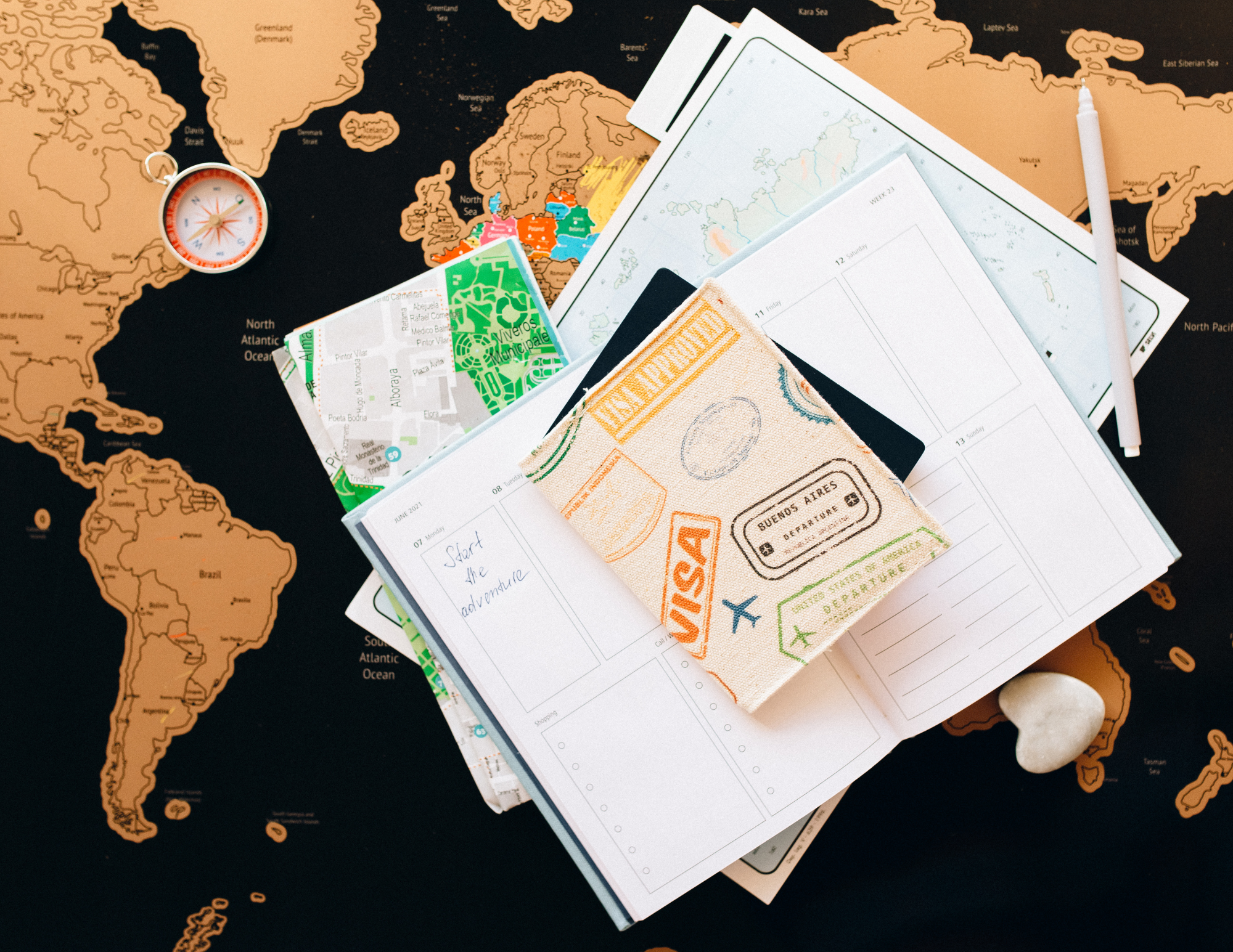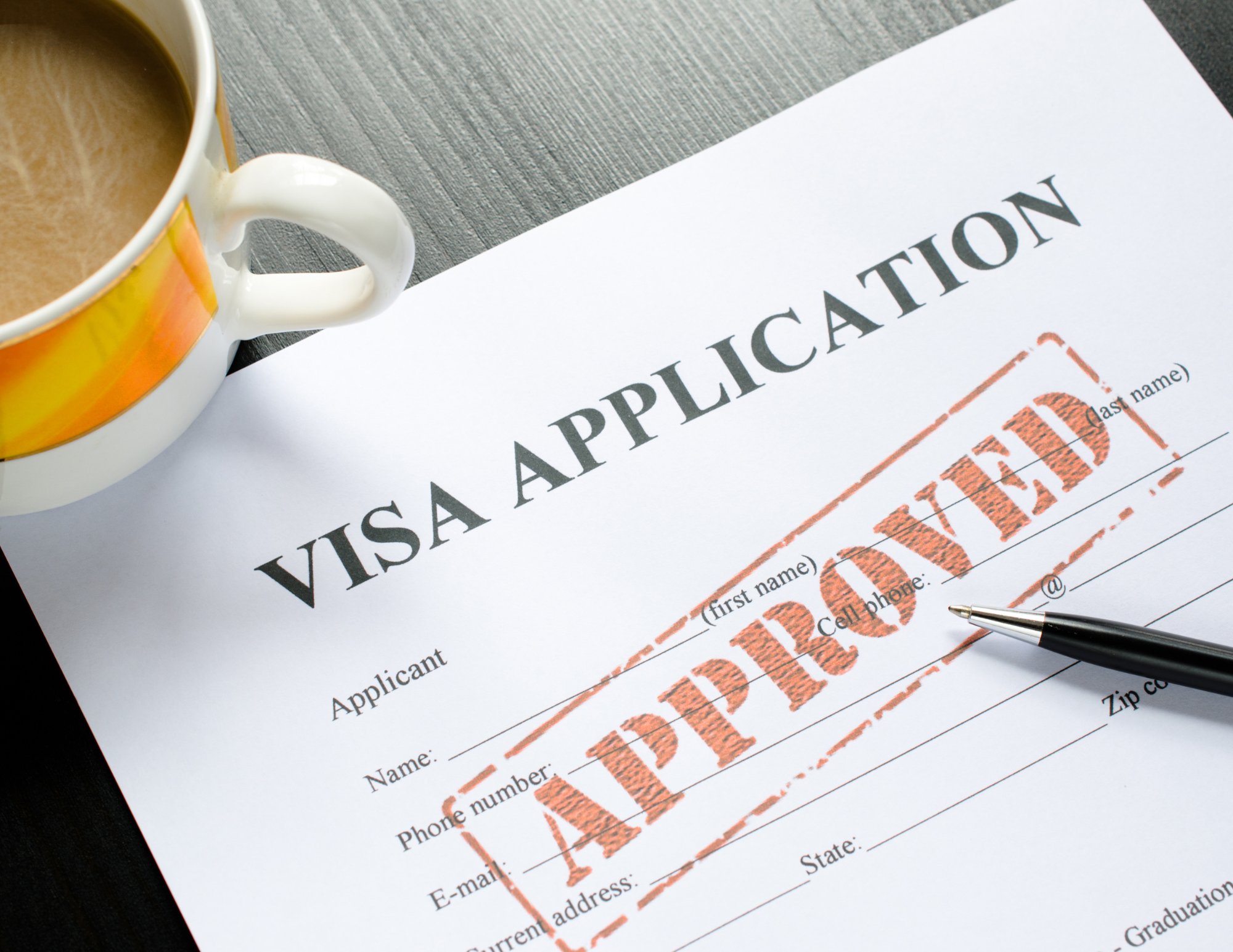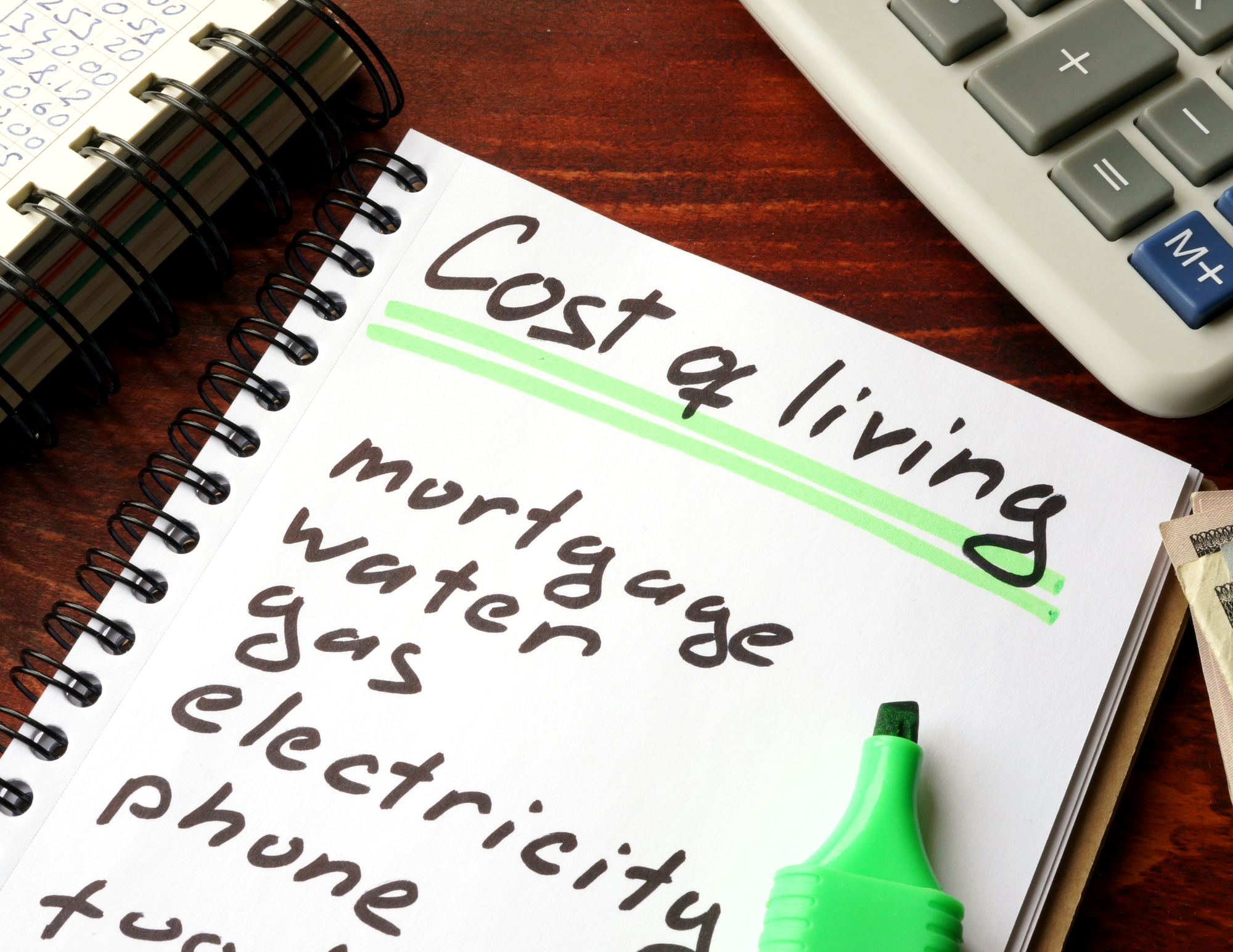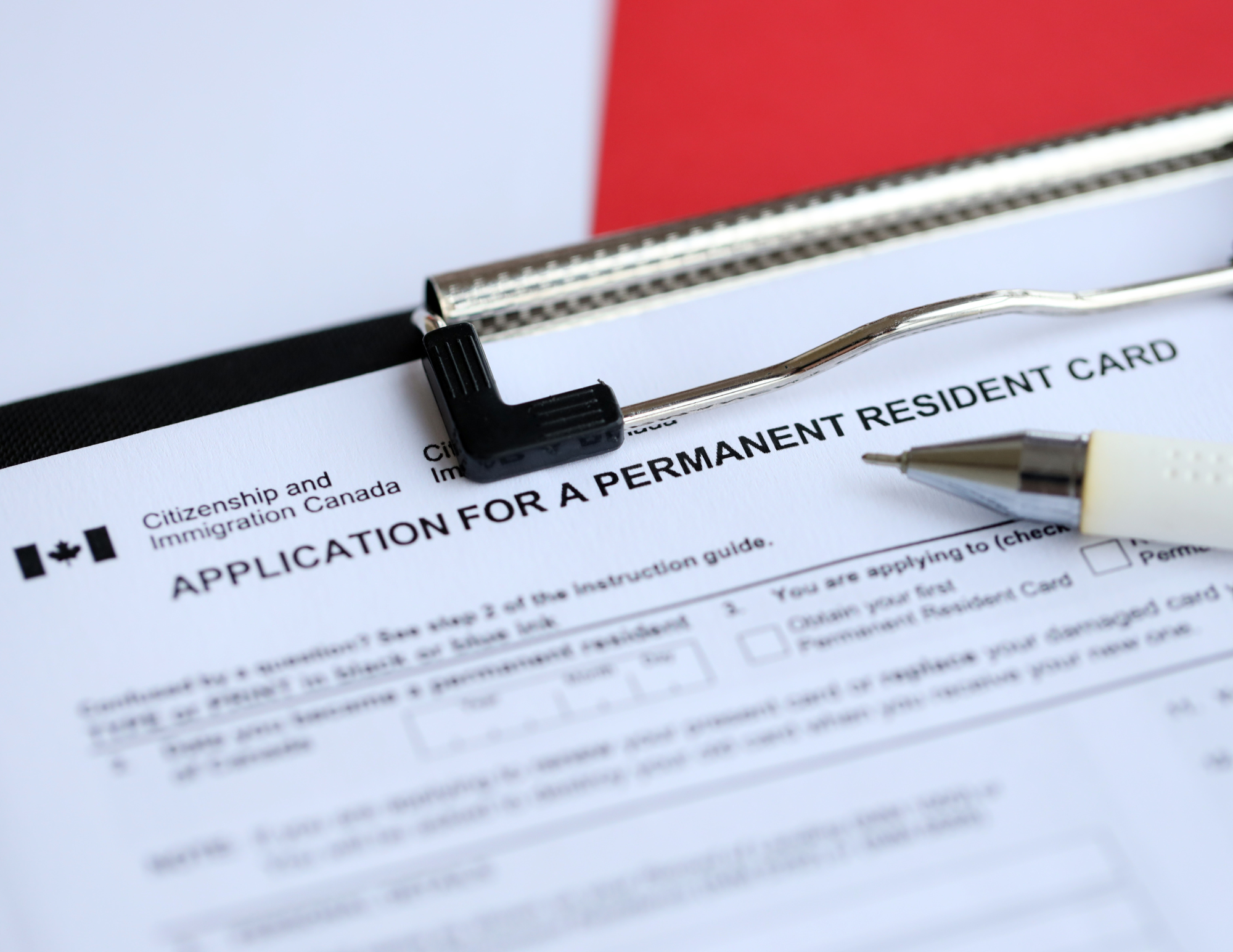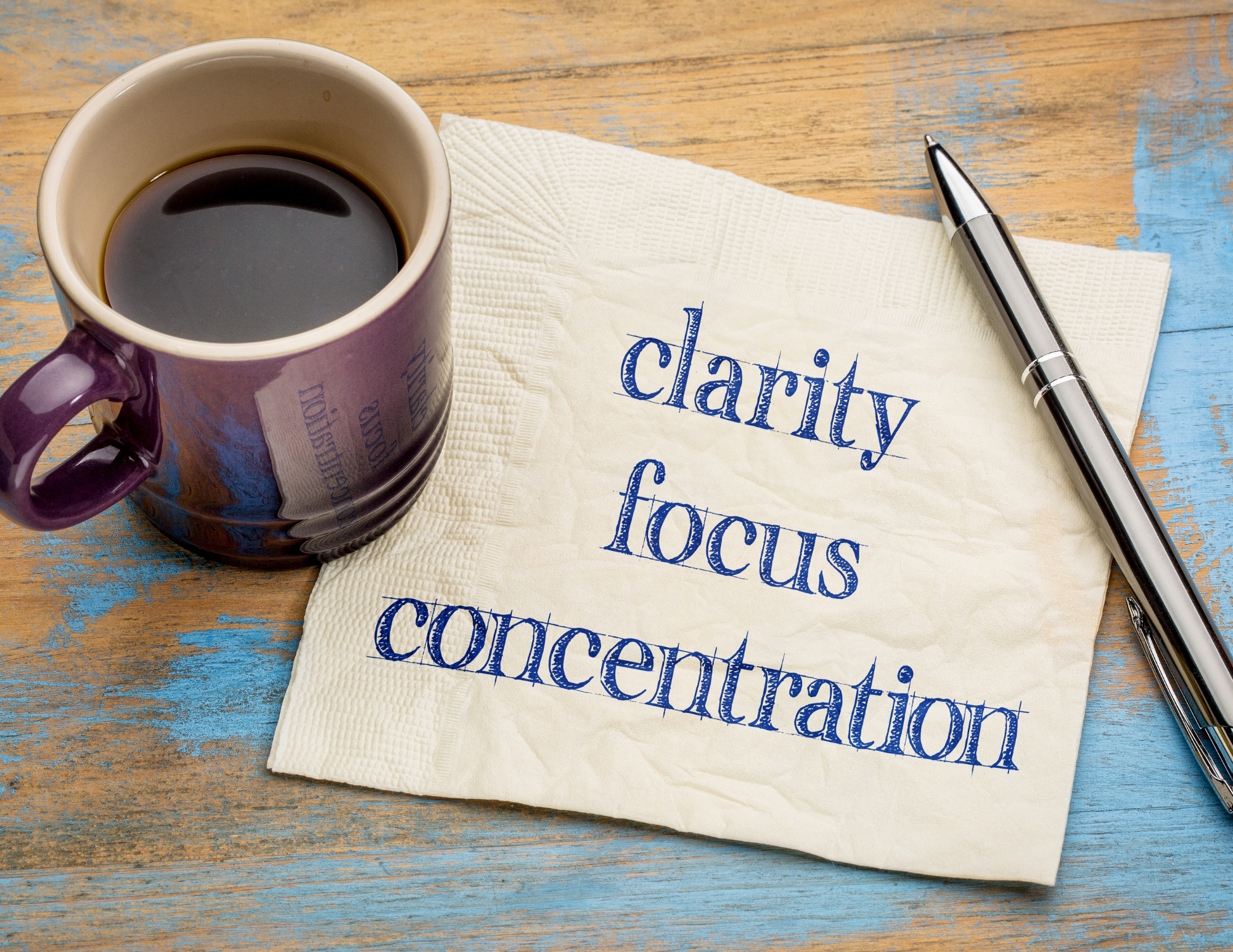Let’s be real-moving abroad isn’t just a vibe or a Pinterest mood board. It’s life. With real logistics, legal systems, emotional weight, and financial decisions that have to make sense for you. So how do you even begin to choose a country?
I’ve been asked this question more times than I can count:
“What’s the best country to move to?”
And my answer is always the same:
“The best country is the one that works for your life.”
So let’s break down how to figure that out-especially if you’re not trying to be a perpetual tourist forever and you actually want a path to residency (or even citizenship).
1. Visa Access: Your Starting Point
This is my #1 deciding factor, personally. A country can be beautiful, affordable, and culturally rich, but if the visa process is a nightmare or the stay limits are 30 days at a time, that’s not sustainable.
If you’re not ballin’ with $100K to drop on investment visas or Golden Visas, don’t worry-you’ve still got plenty of options.
Countries with Easy Long-Stay or Residency Access:
Here are some countries offering no-fuss visas or easy paths to residency for U.S. passport holders:
| Country | Initial Access | Long-Term Option |
|---|---|---|
| Albania | 365 days visa-free | Can re-enter after 90 days; residency available |
| Georgia | ~360 days visa-free | Residency path available with ease |
| Mexico | 180 days visa-free | Temporary resident visa (income-based), then permanent |
| Colombia | 90 days visa-free (extendable) | M-type visa, rentista/income-based options |
| Ecuador | 90 days visa-free | Rentista & retiree visas; path to residency |
| Uruguay | 90 days visa-free | Residency with proof of income (even modest) |
| Portugal | Visa needed | D7 visa for passive income or remote workers, leads to residency |
| Thailand | 60-day tourist visa + extension | Education visa, Thai Elite (pricey), LTR visa now open to remote workers |
| Panama | 180 days visa-free | Friendly Nations Visa offers residency for many nationalities |
| Paraguay | Visa-free | Can get residency with proof of income/small deposit |
💡 Pro Tip: Many of these countries let you apply for residency from within the country after arriving on a tourist visa, which is a game-changer.
2. Lifestyle Match: Don’t Just Follow the Hype
Before you jump on a trend-really ask yourself:
-
Do I want city life, beach life, or something slower?
-
Am I okay with slower internet, power outages, or limited convenience stores?
-
Do I need a community that looks like me or speaks English?
Sometimes the internet makes it sound like everyone’s moving to Bali or Lisbon. But if that doesn’t align with your lifestyle or visa options, it’s not the move for you.
3. Cost of Living: Not Just Rent, But Life
Some countries are cheap to exist in but expensive to thrive in. Others have higher rent, but stable systems and fewer surprise costs.
Look at:
-
Housing
-
Food
-
Healthcare
-
Transportation
-
SIM cards & Wi-Fi
-
Domestic help or childcare (if needed)
📍My Take: I’d rather live in a place where I can afford help, good food, and healthcare-even if the rent’s slightly higher-than somewhere dirt cheap where I’m stressed every day.
4. Path to Residency or Citizenship: The End Game
Let’s be honest: you can’t tourist-visa your way through life forever.
If you want a more settled expat life-maybe even dual citizenship down the road-then this needs to be a major part of your decision.
Look for countries that:
-
Allow you to stay longer than 90 days without jumping through hoops
-
Offer temporary residence with clear, realistic requirements
-
Allow permanent residency or citizenship after a few years
🔥 Some countries allow dual citizenship. Some don’t. Some require you to live there full-time; others allow flexibility. Read the fine print.
📝 Pro Tip: Avoid countries where the immigration rules change every few months with little notice or where the bureaucracy is chaotic (IYKYK).

5. Family & Education (If That’s Your Thing)
For me, this hasn’t been a top priority-my son is homeschooled and worldschooling works well for our life. But if you need access to international schools or good public education, that could be a dealbreaker.
Research:
-
Quality & cost of international schools
-
Homeschooling legality (if relevant)
-
Activities and social networks for kids
6. Digital Infrastructure: Can You Work Remotely?
If you’re working online, you’ll need:
-
Reliable high-speed internet
-
Coworking spaces (or at least good cafés)
-
Easy banking & international payments
-
Tech support, hardware, and shipping access
Some “cheap” destinations are incredibly frustrating to work from. Be real about what you need.
7. Culture & Community: Can You See Yourself There?
As a Black woman, this matters. As a solo parent, this matters. Safety, acceptance, and belonging are not optional.
Ask yourself:
-
Will I feel safe here?
-
Will I be fetishized or disrespected?
-
Are there other expats, nomads, or locals I can connect with?
Follow local creators. Watch real vlogs. Join expat groups. The vibes will reveal themselves.
Final Thoughts: Choose With Clarity, Not Fear
The best country to move to is the one where:
-
You can stay legally
-
You can afford the life you want
-
You can see yourself growing long-term
Don’t let visa stress steal your joy.
Don’t let TikTok trends rush your decision.
There are dozens of countries that would love to have you.
You just have to find the one that makes sense for your lifestyle, your goals, and your peace.
P.S. Want a breakdown of the easiest long-stay visas by country and who they’re good for? I’ve got you. [Sign up here to grab my free guide ➡️ The Exit Plan: Easiest Long-Stay Visas by Country (+ Who They’re Best For)]
